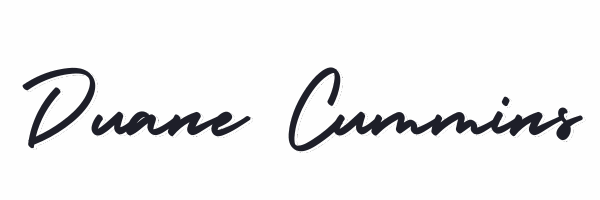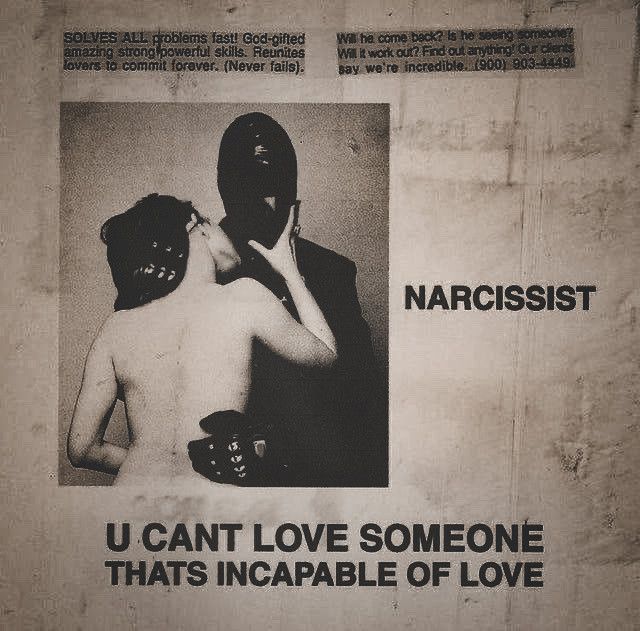I’ve got a mountain of research left to do. I’m tired, like soul-tired. But today was a win. I finally cracked ketosis for real: GKI 0.89. Hell yes. That’s metabolic therapy in motion.
But truth be told? It’s also overwhelming. I’ve got stacks of notes, screenshots, food logs, RSO timings, test results, chaos everywhere. And in that chaos, I was losing track of all the things that matter.
So I built something.
I don’t use GPTs to write for me (you’re reading my voice, not a bot). But if you’re not using AI to enhance your life, either you’re lying or behind. Over the past two weeks, I’ve processed hundreds or maybe thousands of pages of medical studies, blog posts, journal articles, and clinical PDFs. I couldn’t have done it without OpenAI. Full stop.
That’s where the Cancer Diary comes in.
It’s a personal GPT I built and trained to help me track, summarize, and understand my own damn life as I fight cancer. And honestly? It’s useful for a hell of a lot more than just that.
If you want to try it, just ask. I’ll publish it.
—Duane
📓 The Cancer Diary: Turning Chaos Into Data (and Data Into Power)
A custom journal-tracking system built to outmaneuver disease, emotion, and overwhelm, one day, one data point at a time.
Let’s get one thing straight: cancer is chaos.
It’s needles, numbers, nausea, and noise. Everyone’s got advice. Your body rebels. Your brain spirals. Your fridge has six half-used tinctures and a bag of mushrooms you forgot the dose for.
So we built a system.
We call it the Cancer Diary—a personalized GPT-powered journal that doesn’t just hold your notes, it reads them, tracks them, and gives you summaries like a smart assistant with a soul.
It’s a daily log, a mood tracker, a biometrics analyzer, and a researcher that never sleeps.
🧠 Why We Built It
Because surviving isn’t passive.
We’re running a metabolic protocol. Fasting, ketosis, cannabinoids, hydration, supplements, all timed around chemo in a tactical 14-day cycle we call the Kill Switch Protocol.
You can’t wing that. You track. You adapt. You pivot.
But writing it down in a notebook isn’t enough. So we made a tool that works like this:
💬 What You Can Say to It
“Here’s what I ate and how I feel.”
“Glucose is 71. Ketones are 4.4. What’s my GKI?”
“Summarize the last 3 days of food, mood, and sleep.”
“How did my energy look after I reintroduced carbs?”
“Track cannabis dose and side effects starting today.”
No app-switching. No spreadsheet acrobatics. Just talk to your assistant and let it connect the dots.
📈 What It Tracks
Glucose, ketones, GKI
Supplements, meds, RSO/CBD dosing
Meals and macros
Water + electrolytes
Sleep
Mood and cognitive changes
Symptoms and side effects
Movement or rest
Fasting windows
HBOT sessions
Labs (CRP, IGF-1, LDH, etc.)
Want it to track your dreams too? Go for it. This system is as flexible as your mind wants it to be.
🔁 What It Gives Back
Daily summaries
3-day trend reports
Data insights (“you seem to crash on Day 10”)
Flags for missing doses or hydration
Encouragement, reminders, even perspective
A growing record of your fight—in your voice
🌍 Who It’s For
Anyone fighting a disease with complexity.
That includes cancer patients, but also anyone tackling chronic illness, mental health cycles, autoimmunity, or even elite athletic recovery.
This isn’t a replacement for your doctor. It’s a weapon of self-awareness.
It helps you stay consistent, informed, and engaged.
And it doesn’t judge you if you eat a rogue cookie.
It just asks if it was worth it.
🗯️ Where We're Going Next
We’ll open-source the tracking template.
We’ll customize it per protocol.
We’ll make it easier for non-nerds to use.
And we’ll keep proving one thing:
🧬 You don’t need to be a scientist to run a smart protocol.
You just need a system that listens.
If you’re in the fight and want access to the Cancer Diary tool, drop a comment or reach out directly. We'll help you build your version. Because the more people tracking, and fighting, intelligently, the more we push back against the idea that this disease is untouchable.
It’s not. We just need better maps.
Read this on Substack where it first appeared — if you’re into that sort of thing.






